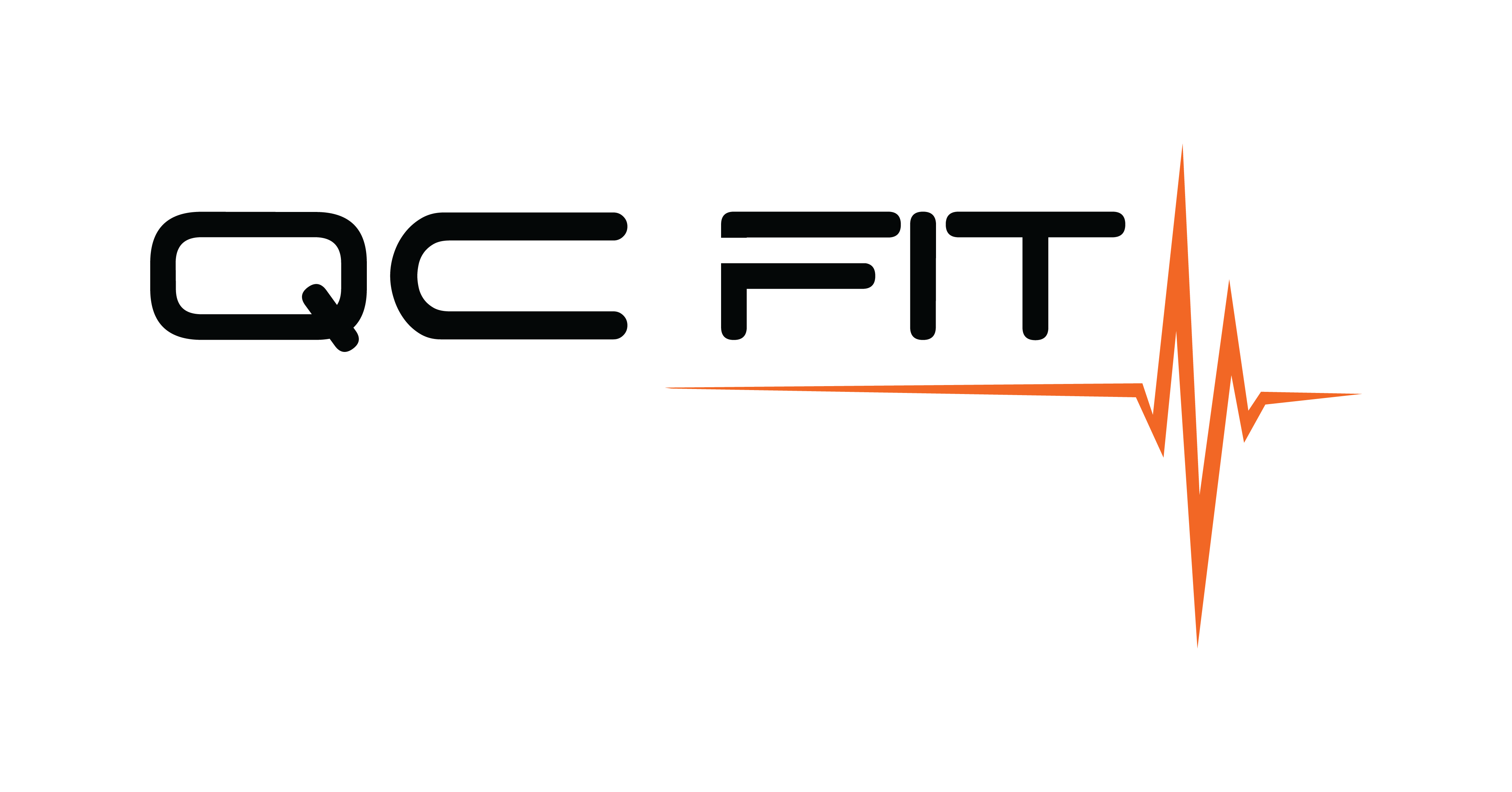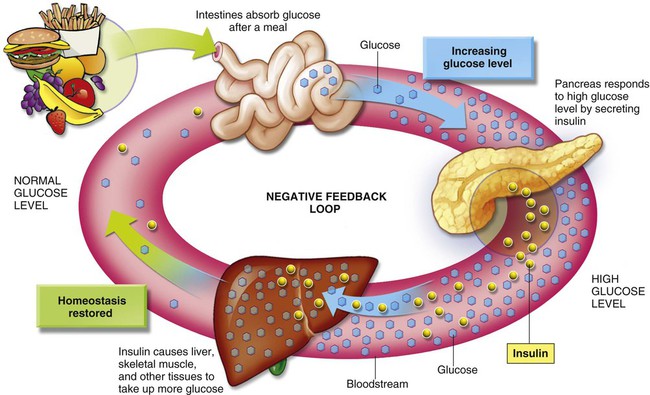This is a blog written by Joanne Parker (my sister). Joanne is a type I diabetic with some great tips and information on how to make paleo eating work for you!
For me, it’s been a slow process over the past five years but I have been patient with the process. I had to rethink everything I knew about food.
I jumped into my first paleo challenge after being at CrossFit for about three months. I was sold out. I was enjoying the WODs everyday and I loved the new friends I was making. So I just knew I could handle this challenge. I was so wrong. Here’s what I learned as I struggled through my first 40 days of trying to eat clean and how I’ve made changes for the better because of what I learned:
Drink Water and Burn Fat!
Water is my friend. I didn’t know that five years ago. I was drinking 2-3 diet sodas a day with hot tea in between. I was a living dehydrated person 24/7. I didn’t like the taste of water but I found some bottled water I could tolerate and made the switch to about 2 bottles of water a day along with a protein shake. This was HUGE. And I didn’t make it through the entire 40 days without breaking down and having a few diet sodas. I just logged it and vowed to do better next challenge. Since then I’ve learned that in order for my body to effectively burn fat, I HAVE to keep my body well hydrated. Water helps in so many ways. It regulates body temperature, lubricates joints, ensures proper digestion, eliminates waste, transports nutrients, encourages correct kidney function and is a natural appetite suppressant. When you give your body adequate water hydration it will help prevent water retention and burn fat faster. Did you see that part? About it being a natural appetite suppressant? Hand me some water please! Again, that was a process. Although there are days I probably still don’t drink enough water, it is now my primary beverage and I’m up to 6-7 bottles a day. It just makes everything work and feel better. The struggle and the rewards are real.
Bring on the “healthy” fats!
The human body is amazing. It has an efficient and complex system of storing and preserving energy. I had always bought into the thinking that my only energy source was from carbs. Imagine my surprise when I started to see how well fats worked as fuel. I went through the irritable, exhausted phase but came out of the challenge with so much more energy. When your body needs more energy, it will tap into the energy stored as fat. Your body primarily uses proteins, fats and carbs as energy sources, but fats provide twice as much energy. I was so on board with this! Bring on the avocados, almond butter, nuts and the seeds. My problem was I had no sense of portion control. Yep, I could consume a 2lb bag of almonds. All by myself. In two days. Yikes! I quickly had to relearn what a “handful” of nuts and seeds meant. Needless to say, I didn’t lose a lot of weight the first time I did a challenge (just a lot of inches) but that was probably because I was over doing the nuts. Over time I’ve learned a few things. I should eat a fatty acid with every meal. This is great for my nervous system, my heart rate, blood pressure, and for my body’s absorption of vitamins. I learned how to use olive oil when I cooked, the oil/vinegar combo for dressings, and to sprinkle a few nuts and seeds on dishes and salads.
Watch out for the “Fun” Paleo Foods
I have a sweet tooth. It’s pretty bad. I learned that I couldn’t handle some of those fun paleo recipes that involved dark chocolate. One cookie quickly became four between meals. No good. I even once tried to justify a dark mounds chocolate bar. Coconut’s good, right? Dark chocolate’s good, right? No, mounds are not paleo.
Insulin and Glucagon – here’s what you need to know…
Insulin. I am a type I diabetic (my pancreas doesn’t produce insulin) so I thought after 20 years, I had a handle on this subject. But I was so wrong. I had been following the ADA guidelines for eating and giving myself insulin accordingly. The ADA (American Diabetes Association (now looking back) has very antiquated dietary guidelines that are in need of an update. And they have nothing to do with clean eating. Most of their food suggestions for meals are processed foods.) Again, the human body is amazing and so is your pancreas.
Your body very tightly regulates blood glucose levels because it’s your primary energy source for your central nervous system, your brain, it’s needed when you workout, and for so much more. Your pancreas produces two hormones, insulin and glucagon. Insulin allows your body to use sugar (glucose) from carbohydrates in food that you eat for energy or to store glucose for future use. As blood sugar levels rise, the pancreas secretes more insulin. Glucagon helps when blood sugar is low. It tells your liver to break down glycogen to be released into the blood as glucose. In response to a processed carbohydrate based meal (spaghetti, waffles…) glucagon levels in the blood fall to prevent blood glucose from rising too high. Insulin levels increase. In response to a high protein meal (eggs, fish…) glucagon levels in the blood rise and insulin levels decrease. High amounts of insulin in the blood cause the circulatory system to weaken over time and the walls of the blood vessels become injured.
That was a mouthful. Broken down, when you eat processed food, your body needs more insulin to digest it. And more insulin in your blood stream will not be good for your body over time. You can think of your body like a machine. If it’s probably cared for, it will be well maintained. If you start putting the wrong fuel sources into it, it will eventually break down from the needless wear and tear from poor food choices.
Count the chemicals – not the calories!
I stopped counting carbohydrates and calories and started counting chemicals. As a diabetic, you are immediately conditioned to believe that you don’t have to give up sweets; you just have to eat them with artificial sweetener. I don’t even want to try and guess how much artificial sweetener I’ve consumed over the years. The good news is your body is great at healing itself and repairing broken things. It’s never too late to make changes for the better. Better food choices don’t have chemicals on the labels.
Your body is a fat storing machine!
And lastly, I’d add what I’ve learned about glycogen over the years. Glycogen works in the liver in conjunction with the pancreas. Once glucose (sugar used for energy) is inside the liver the body stores it in the form of glycogen. Your body can only store between 1500-2000 calories of stored glycogen. It stores some of it in the liver and the rest of it in your muscles. Because of the limited storage areas, any carbohydrates that are consumed beyond the storage capacity are converted to and store as fat. There is practically no limit on how many calories the body can store as fat.
The amount of fat cells you have in your body right now will not change. However, the cells can increase and decrease in size. When the cells are taped into for energy because of a new diet, the fat cells will shrink causing weight loss or loss of inches. You need to be careful about how much you eat if your goal is to lose weight. Less processed carbohydrates will stop the pancreas from dumping insulin into your blood stream, which will eventually store the excess glucose in your blood stream as fat.
Just keep in mind this is a process. There are no secrets. It’s just you continually reapplying all that you are learning to become a healthier you. Some habits were easy for me to break. I was able to give up pasta, cereals, breads and most dairy products without looking back. The diet soda consumption and lack of water intake was harder. Chocolate chips cookies have been practically impossible. Fortunately I’m not around them too much. And over time I learned what worked for me. I learned to think of carbohydrates as only fruits and vegetables.
Over a year ago I started to wear a continuous glucose monitoring system. I could see for the first time what was happening with my blood sugar levels throughout the day. I’m not a doctor but I assume the same thing is going on with your body. Your blood sugars will raise some when you eat but only enough to break down the simplified version of the food so your body can use it for energy. The more complex or processed the food, the more insulin is needed to do the job.
The following is an eye opening look at Joanne’s pump readings over the course of starting the paleo challenge. It is picture proof of what happens with our insulin levels when we change how we fuel our bodies.
This is a pump reading of blood sugar levels during a 24 hour period while eating non paleo. Peaks that you see are after a meal.
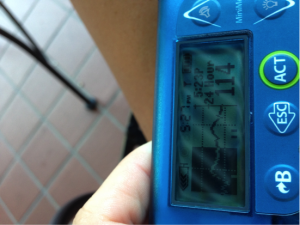
24-hour blood sugar readings after a day of paleo eating. The peaks have come down! In just 24 hours.
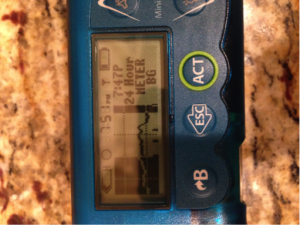
This is 6 hours of pump readings the second week of the paleo challenge. Dinner was right in the middle of this. Dinner was a chicken breast and about 2 cups of cooked cauliflower and zucchini. Much less insulin is needed and dips have come way down.
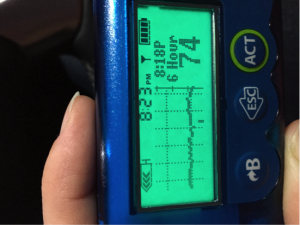
This is amazing proof of why scientifically this eating plan works so well!
